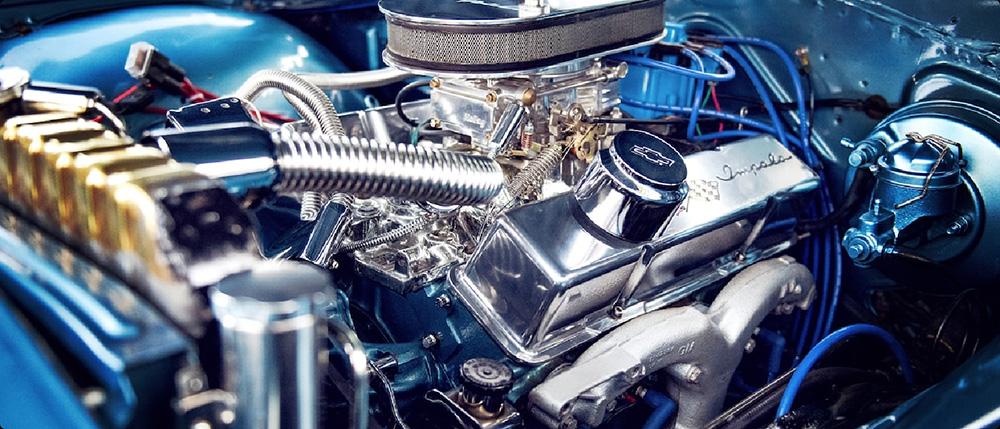Unleashing Creativity with Hobby Gearmotors: Tiny Powerhouses for Your Next Project
In the realm of DIY electronics and small-scale engineering, few components have captured the imagination of hobbyists and innovators quite like the gearmotor. These unassuming yet incredibly powerful devices are the backbone of countless creative projects, from simple robot arms to complex automated systems. If you’ve ever pondered how to bring movement to your homemade gadgets, understanding hobby gearmotors opens a world of possibilities.

What exactly is a hobby gearmotor? At its core, a hobby gearmotor combines a small electric motor—usually brushed DC—with a set of gears that reduce its rotational speed while increasing torque. This combination yields a compact power source capable of delivering precise, controlled movement. They are designed specifically for hobbyists and DIY enthusiasts, which means they’re usually affordable, easy to integrate, and versatile enough to suit a range of applications.
The typical hobby gearmotor features a small cylindrical body, often with mounting holes, a plastic or metal gear train at one end, and multiple voltage options. They come in various sizes, from tiny micro motors suitable for micro-drones and wearable tech, to larger models intended for robotics and automation projects.
Why choose a gearmotor? The significance of the geartrain cannot be overstated. It transforms the high-speed, low-torque output of a regular DC motor into a more manageable, torque-rich output for precise control. This is especially crucial when your project involves moving objects with weight or resistance—such as a robotic gripper or a conveyor system.
Gearmotors also excel at providing predictable and consistent performance — key ingredients for robotics, automation, and mechanical art installations. They are often available with various gear ratios, enabling the hobbyist to select just the right amount of torque and speed for their project.
Applications spanning the hobbyist universe The most exciting aspect of hobby gearmotors is their adaptability. Whether you’re building a remote-controlled car, developing a model railway, creating an interactive art installation, or designing a home automation system, gearmotors make it feasible and straightforward to add movement.
For robotics enthusiasts, gearmotors are indispensable. They serve as the actuators that turn digital commands into real-world motion—driving wheels, controlling robotic arms, or spinning sensors. Aspiring engineers use them for prototyping, often combining multiple gearmotors with sensors, microcontrollers, and custom power supplies. Their small size allows integration into tight spaces, and their modular nature provides tremendous flexibility.
Materials and manufacturing Most hobby gearmotors are manufactured with simplicity and durability in mind. The gears are usually plastic, which offers lightweight and cost savings, although metal gears are available for more demanding applications. The motor windings are generally made from copper wire wrapped around an iron core, and quality can vary depending on price and brand.
Many hobby gearmotors are rated for simple voltage ranges—commonly 3V to 12V—which aligns with battery-powered projects. Some high-torque models can handle higher voltages or incorporate brushed or brushless motors, offering higher efficiency and longer lifespan.
Understanding the technical basics: torque, speed, and gear ratio Before diving into your project, it helps to grasp some fundamental concepts:
Speed (RPM): The number of revolutions per minute the gearmotor’s output shaft makes. Hobby gearmotors typically operate in the range of a few hundred to a few thousand RPM.
Torque: The rotational force produced by the gearmotor. Higher torque is essential when moving heavier loads or overcoming resistance.
Gear ratio: The ratio between the input and output speeds. A gear ratio of 1:10 means the output shaft turns ten times slower than the motor, but with ten times the torque. Selecting the right gear ratio depends on your project’s balance between speed and power.
Choosing the right gearmotor for your project When selecting a hobby gearmotor, consider the following:
Load requirements: What are you moving? How heavy is it? Make sure the motor can generate enough torque.
Speed needs: Do you need fast rotation or slow, precise movement? Adjust the gear ratio accordingly.
Power source: Most hobby gearmotors run on common voltages—batteries, USB power, or adaptable power supplies.
Size constraints: Space can be a limiting factor, especially in compact or wearable tech projects.
Control compatibility: Will you be controlling the gearmotor via a microcontroller, like an Arduino? Most gearmotors can be driven using simple motor drivers or H-bridges.
Final thoughts on hobby gearmotors In essence, hobby gearmotors embody the perfect balance of simplicity, affordability, and versatility. They allow anyone—whether a seasoned engineer or a curious beginner—to translate ideas into motion. Their role in the maker community is profound, transforming static projects into dynamic, interactive experiences. As you explore the discipline of mechanical and electronic design, understanding and leveraging gearmotors will become a vital part of your toolkit.
Leveraging innovations in modular drive technology, Kpower integrates high-performance motors, precision reducers, and multi-protocol control systems to provide efficient and customized smart drive system solutions.




































